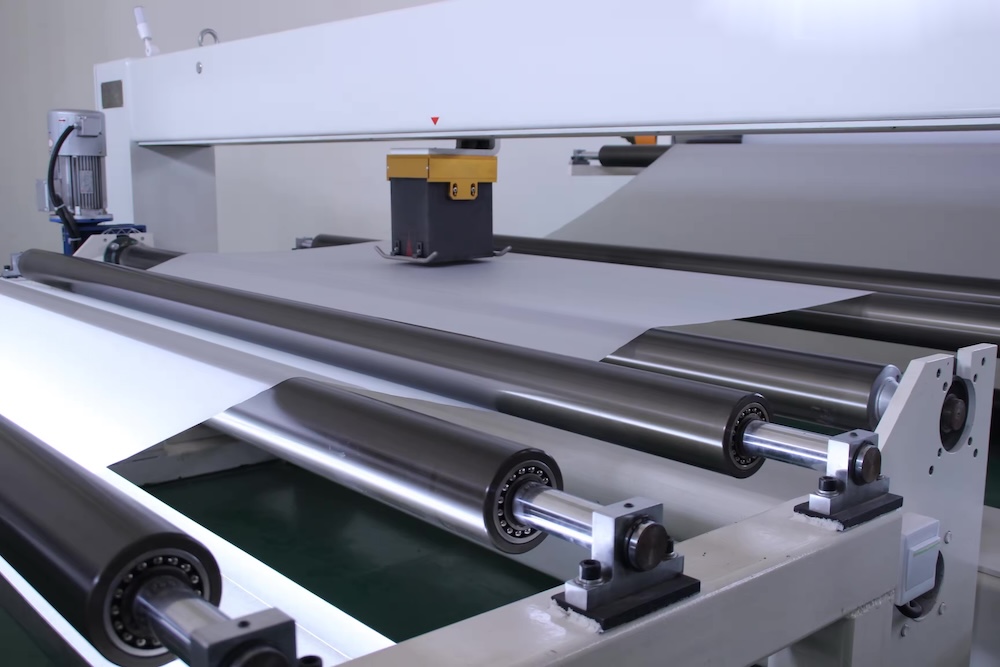Film Haze Analysis And Applications
Haze is a key indicator of the optical clarity of transparent or translucent films. It quantifies the degree of light scattering when passing through the film material. Film haze not only affects the appearance and transparency of the product, but also its functional performance in actual applications.

Film haze refers to the percentage of scattered light flux (Td) that deviates more than 2.5 degrees from the incident beam direction of the transmitted light passing through the sample, compared to the total transmitted light flux (Tt). The test standard is ASTM D1003.
The formula is: Haze (%) = (Td / Tt) × 100%
Unlike transmittance, which measures the ability of light to pass through a film and its transparency, haze measures the degree of cloudiness or clarity of a film. High haze (scattering) generally results in low transmittance, but low haze does not guarantee high transmittance.
Different film haze levels are used to meet the needs of different industries.
Packaging Industry
In packaging materials for food and pharmaceuticals, low-haze films can enhance the aesthetics and presentation of packaging. Optical Electronics Industry.
LCD/PDP/OLED display screen protective films, brightness enhancement films, polarizer protective films, eyeglass lenses, and optical lens protective films require low haze and high transmittance to ensure clear images. Lighting diffuser films also require low haze and high transmittance to achieve a soft light effect.
Agriculture
Greenhouse covering films often use high-haze films to diffuse light, protecting crops from intense direct sunlight while also enhancing uniform light distribution within the greenhouse, improving crop yield and quality.
Building Materials and Decoration
Window films, lampshades, partitions, and other building and decorative products require the right haze film to balance aesthetics, privacy, and lighting requirements.
With increasing functional demands and the continuous emergence of new materials and technologies, film haze control is moving towards higher precision and multifunctionality. The introduction of nanomaterials, multi-layer composite structure design, and intelligent surface control technologies are all providing broad opportunities for innovation in film haze control.

 English
English  Русский
Русский  Deutsch
Deutsch  Français
Français  Português
Português  Español
Español  Italiano
Italiano  العربية
العربية  한국어
한국어  Türkçe
Türkçe 